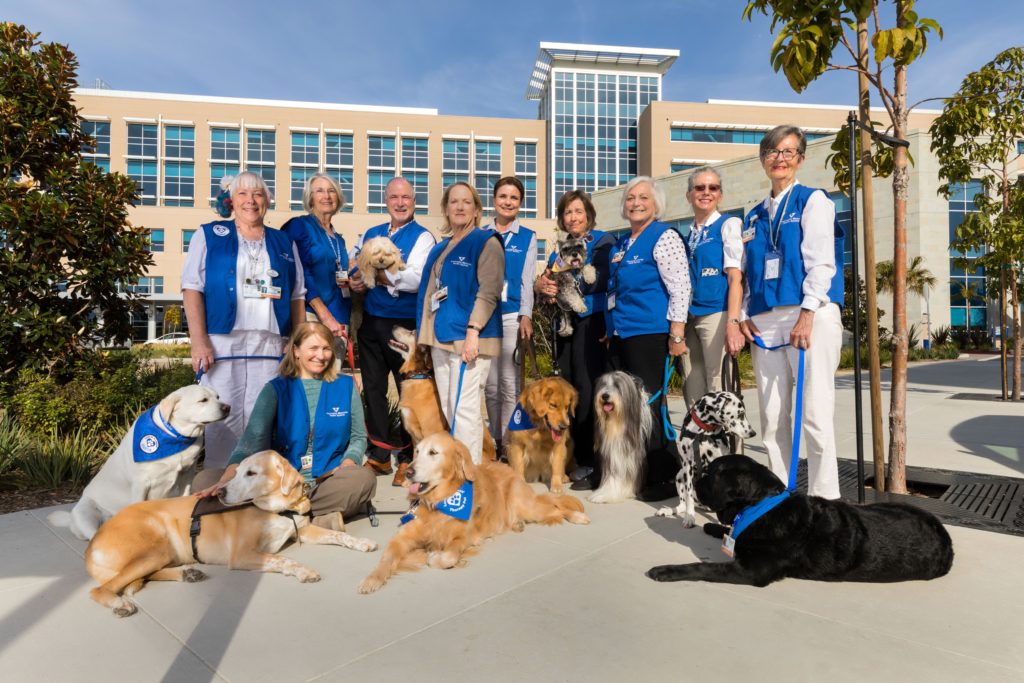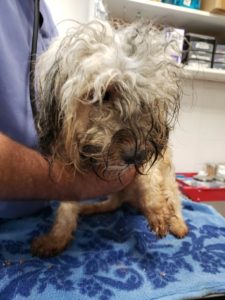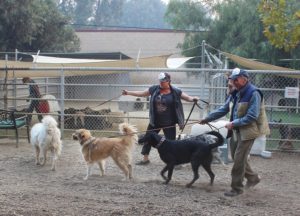 ∙SPAN Thrift Store is providing $10 spays and neuters for low income households with cats and dogs.
∙SPAN Thrift Store is providing $10 spays and neuters for low income households with cats and dogs.
Two upcoming clinics in March are:
Wednesday, March 4th at at Albert H. Soliz Library – El Rio, 2820 Jourdan St., Oxnard, 93036 and a second one in the SPAN Thrift Store parking lot 110 N. Olive St. (behind Vons on Main), on Wednesday, March 18th. Please call to schedule an appointment (805) 584-3823.
∙From Woman’s Day
If you’ve ever seen a Chow Chow, then you’ve probably noticed its unique blue-black tongue. Chow Chows, as well as Chinese Shar-Peis, actually require a blue-black tongue in its breed standard. And, believe it or not, these breeds aren’t the only ones who may display a tongue color other than pink. There are more than 30 dogs with black-spotted tongues, but contrary to popular belief, this doesn’t indicate Chow Chow or Shar-Pei bloodlines in their breeding.
Just like with Chow Chows, Chinese Shar-Peis, and a few other breeds, solid blue-black tongues are caused by the same thing as spotted tongues: heavy pigmentation, according to the American Kennel Club. Pigmented spots on your dog’s tongue are usually nothing to worry about. These darker spots are likely the result of microscopic melanin granules, which present themselves as flat, pigmented areas found on your dog’s tongue, just like a human may have freckles or birthmarks. Many breeds have been known to display spotted tongues, but there are six dog breeds known for their black tongues, making them extra unique.
Cesar’s Five Natural Dog Laws is this: “Energy Is Everything.” It’s how dogs — and all animals — communicate with each other and how they read our intentions and respond to us.
If you have dogs, you probably already know intuitively what their general energy level is; whether your dog is a hyper pup that needs to play all the time, or more of a couch potato that’s happy with a slow walk and then a nap. But how can you tell whether a new dog’s energy would be right?
When people ask Cesar what breed of dog they should adopt, he always steers them away from picking a specific breed, telling them instead to look for a dog with the right energy level — the same as or lower than the lowest energy level among your existing pack, whether it’s only humans or you already have dogs.
So how do you know what a dog’s energy level is? If you were a dog, you could tell immediately. But, since you’re probably human if you’re reading this, it takes a little more effort and a lot of observation. Here are five things to do to figure out a dog’s natural energy level.
Dogs see themselves as animal, species, breed, and then name, so a dog’s breed is not the most important thing about them. However, their breed or mix can give you an idea whether they might lean toward higher energy.
Every dog is different depending on where they are, who they’re with, and whether they’ve just come back from a long walk or have been cooped up all day. If the dog is at a shelter, you may only be able to visit and not take her out for a “test drive,” but try to come at least once when the shelter is very hectic and again when it’s very quiet to get an idea.
The walk is the perfect way to judge a potential dog’s energy. Again, at the shelter you may only be able to do this in a limited way, or only watch a volunteer walk the dog, but you can learn plenty. Is the dog a puller, trying to drag the human along? Or does the dog seem reluctant to go on the walk, turning back almost immediately? How long does it take to wear the dog out? This is one of the two most direct ways to judge a dog’s energy.
Find out what kind of games the dog likes to play. Some are into fetch, some are into playing with rope or squeaky toys, and others are only into playing with other dogs
Is your potential dog the one that tries to engage in play with every other dog, racing from group to group, or does she prefer to watch from the sidelines, engaging only a few dogs for a polite greeting and sniff, and not much more? When the dog does play with others, does it always turn into a game of chase, or is it more focused on play bows and wrestling that ends quickly?
Dogs that have a lot more energy than their humans often don’t get enough exercise. This is why it’s very important to know your own energy levels, then know how to figure out a dog’s energy level in order to find exactly the right one for your pack.
∙Are you committing a furry faux-pas when it comes to walking your dog? Probably, says the leader of one animal rights organization. Are you walking your dog the wrong way? PETA says you might be. Here’s how to walk your dog safely.
PETA president Ingrid Newkirk explains how.
Rule number one: Keep your pet safe.
“This is a human-dominated world. We have to look after our pets,” Ingrid said when asked if dogs should wear leashes. “I would go with a harness.”
She went on to explain that “collars can cause a lot of problems,” and reminded dog owners to “never” use a choke or prong collar.
Rule number two: Don’t rush the process.
“Let your dog sniff!” Ingrid said. “That’s their way they read the news, that’s their internet. Don’t drag them along.”
It’s important to understand that going for a walk is “more than a bathroom break” for your pet.
“It’s an excursion,” the animal rights activist explained. “That’s a very special occasion for a dog, to be outside and to smell and to look. They don’t want to be stuck in a room all day with their legs crossed, hoping to go outside.”
Don’t Overlook Dry Eye in Dogs
By Beth Mueller
Tears have an important role in keeping the eye healthy. They cover the cornea and wash away debris and infectious agents. They even have germ-fighting properties! When the eye’s tear film—the thin but complex layer of fluid coating the eye—does not contain enough tears, dogs (and people) are subject to a condition known as “dry eye.”
Dr. Bianca Martins, a board-certified ophthalmologist at the University of Illinois Veterinary Teaching Hospital in Urbana, says dry eye is the most common ailment she sees in dogs.
“Dogs with this condition typically have red eyes from irritation as well as some thick mucoid discharge. They will squint frequently and may blink excessively or keep their eyes closed,” Dr. Martins says. Dry eye can be painful, so the animal may paw at the eye more than normal or shy away from the area being touched. These signs often occur in both eyes.
Dry eye usually shows up in dogs that are between 4 and 6 years old, but can happen at any age. Flat-faced breeds, such as shih tzus, pugs, and Boston terriers, are more likely to develop it.
There is a qualitative form of the condition, related to underproduction of a specific type of high-quality tear, but most dogs have a quantitative form of dry eye, in which the eye simply doesn’t produce enough tears.
“Most veterinary clinics are able to perform a Schirmer tear test to diagnose dry eye. The test is performed by placing a sterile paper strip on the surface of the eye to measure how much tear is present,” Dr. Martins explains.
Scamp toon Buckles
Scamp toon MOTHER GOOSE & GRIMM















